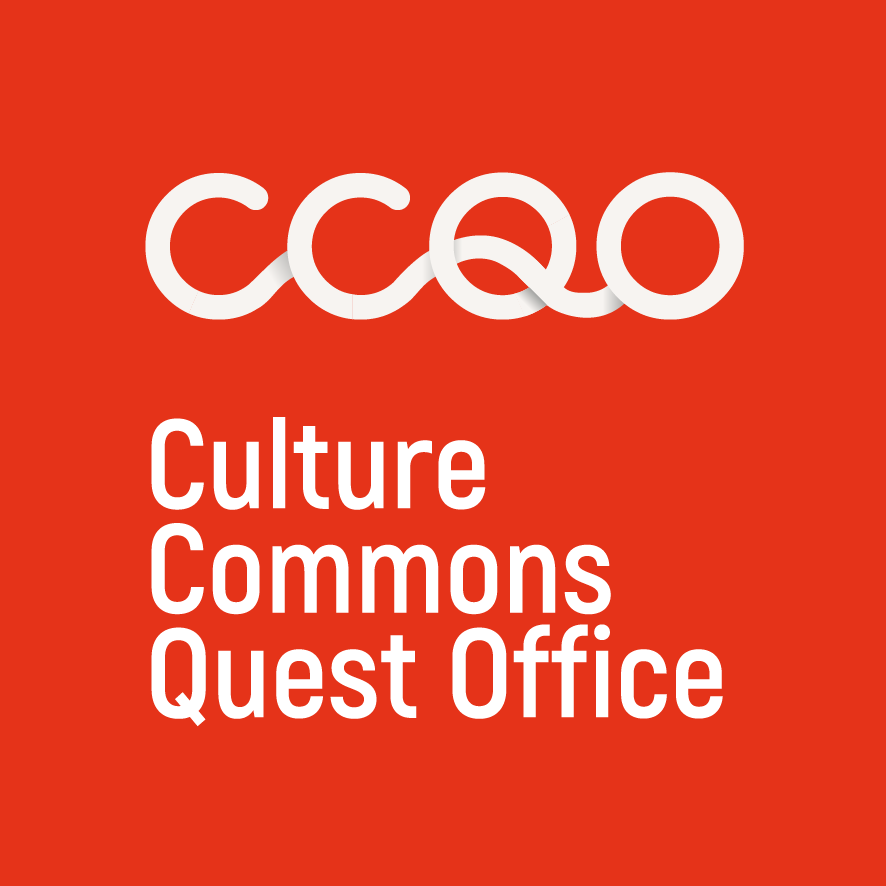London Symphony Orchestra
London Symphony Orchestra is Europe’s oldest and best-documented example of a self-governing orchestra. Since 1982, after several decades of sharing performance spaces with other London orchestras, the LSO performs in the Barbican Center which is located in the cultural and economic heart of London, and has foreign residencies in Paris, Tokyo and New York. In 2017, 70 of the orchestra’s London concerts were performed at the Barbican, and 49 in the orchestra’s small-scale venue LSO St Luke’s. In September 2017, the orchestra welcomed music director Sir Simon Rattle, who returned to his home city after 16 years at the helm of the Berlin Philharmonic. As the most generously funded London orchestra by the Arts Council of England, an adequate barometer for a cultural organization’s legitimacy, the LSO can be argued to be the most representative orchestra of its city. Managed by a board of directors of which a majority is elected from the musicians’ own ranks, the LSO has always tried to keep organizational sustainability and artistic pertinence as closely attuned as possible. Since the orchestra’s first concert on June 9th, 1904, the LSO has proved the value of its model by tying together a seemingly endless string of ‘firsts’ and ‘mosts’: the LSO was the first London orchestra to play silent films, the first one to have a recording contract, and the first one to exploit the educational potential of the internet. The orchestra has earned millions being the most recorded orchestra in the world as well as the world’s most streamed orchestra on Spotify, but also found itself on the brink of bankruptcy more than once. London Symphony Orchestra has always worked under strict constraints and has combatted problems which other orchestras have only recently begun to face. Overall, the history of the LSO very colorfully demonstrates the advantages and flaws of a self-governing orchestra model.
www.lso.co.uk

